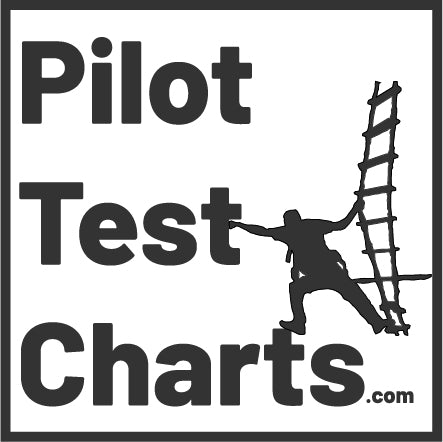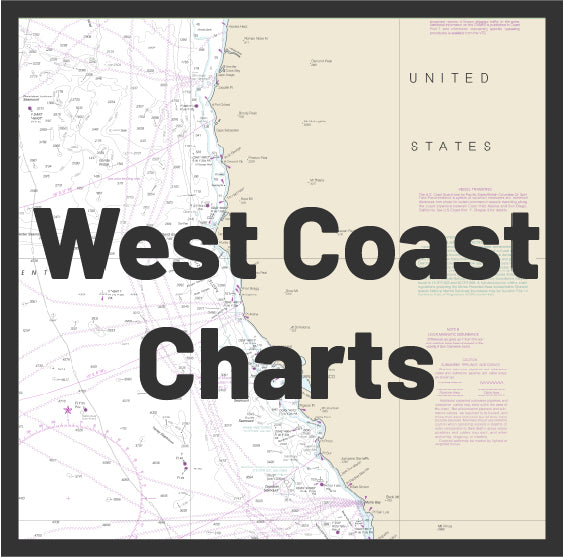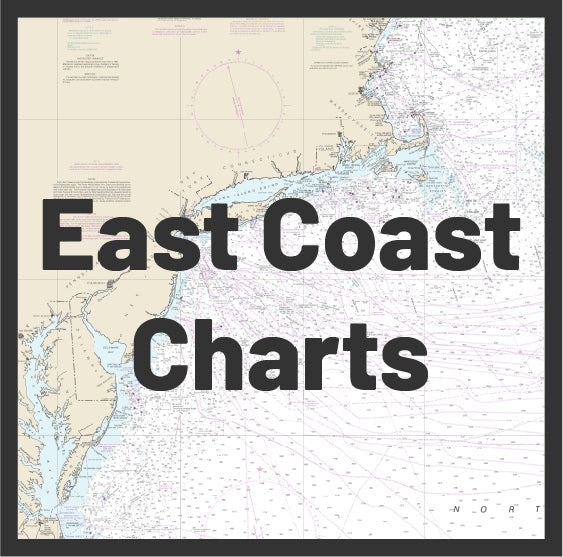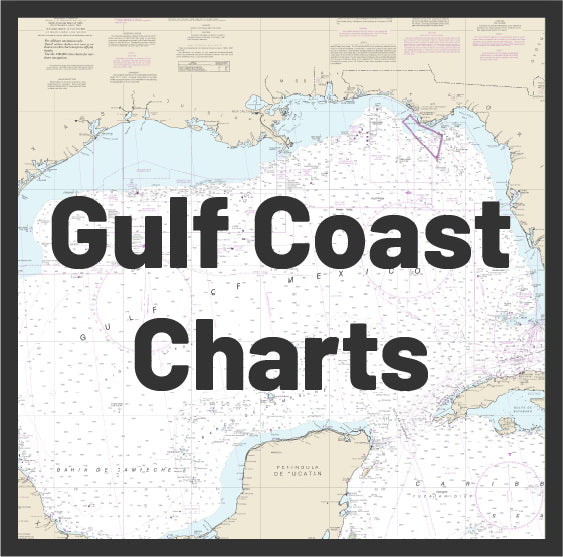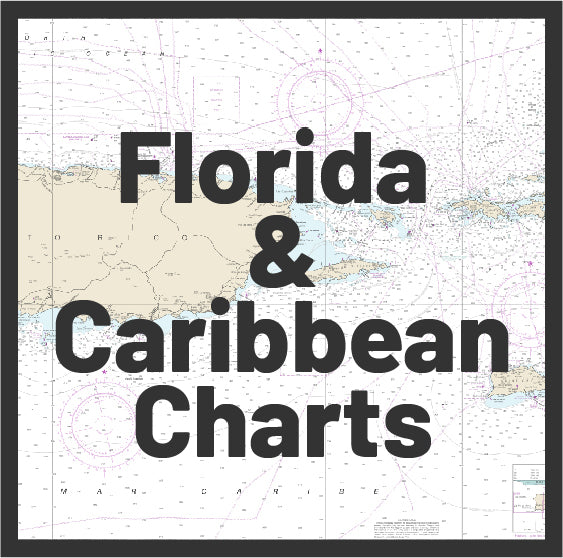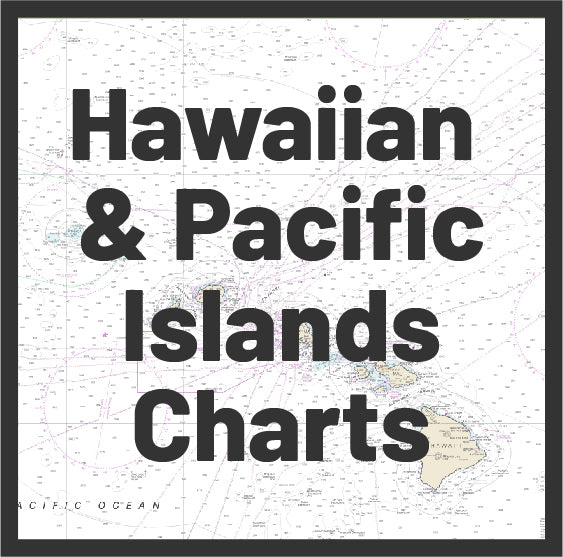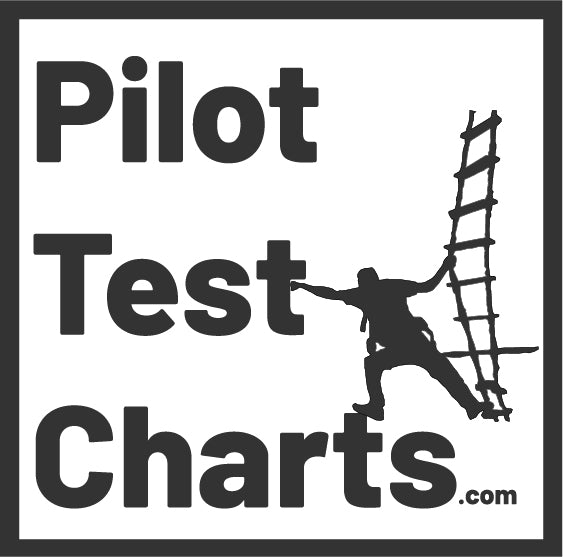
Pilot Test Charts
We supply the materials you need to successfully complete the port pilotage testing process.
Chart Collections
FAQ & Information About Pilot Test Charts Products
Chart Variant Explanation
Explain each specific chart variant that you offer?
There are five chart variants for each chart we offer.
Our chart variants are - Test Chart, Practice Chart, NOAA Chart, Overlay Chart, Chartlet Pack. Each variant has a specific use.
Test Chart - The purpose of the Test Chart is for the in-person chart drawing exam at the USCG Regional Exam Center (REC) for Port Pilot License. The Test Chart is designed to meet the exact specifications of each individual REC. Each REC has different requirements and rules for which chart elements are allowed on each Test Chart.
(Example - Some RECs allow 1 latitude line and 1 longitude line while another REC might not allow any lat & long lines while yet another REQUIRES that ALL lat & long lines be included.)
The Test Chart is printed on semi transparent 20# vellum paper.
Each Test Chart is based off of the most recent and up-to-date NOAA issued PDF Chart file.
Other chart variants the Test Chart can work in conjunction with are - NOAA Chart, Overlay Chart, Chartlet Pack.
NOTE : You MUST use a PTC printed NOAA Chart in conjunction with the corresponding Test Chart in order to ensure that the two charts line up properly. Ordering the Test Chart and the NOAA Chart together in the same order is recommended.
Practice Chart - The purpose of the Practice Chart is to provide a more cost effective way to perform repetition studying and chart drawing without having to use the more expensive Test Charts. The Practice Chart uses the exact same chart file as the Test Chart. The only difference between the two charts is that the Practice Chart is printed on non transparent white paper (32# bond) where as the Test Chart uses semi transparent vellum paper. The Practice Chart maintains the same exacting details and dimensions as the Test Chart.
Chart variants the Practice Chart works in conjunction with are - NOAA Chart, Overlay Chart, Chartlet Pack.
NOTE : You MUST use the PTC printed NOAA Chart in conjunction with the corresponding Practice Chart in order to ensure that the two charts line up properly. Ordering the Practice Chart and the NOAA Chart together in the same order is recommended.
NOAA Chart - The NOAA Chart is printed from the most recent and up-to-date NOAA PDF Chart file. This original NOAA PDF chart is what the Test Chart and the Practice Chart files are created from. Pilot Test Charts (PTC) “controls” the print process to ensure that the NOAA Chart lines up correctly with the Test Charts and Practice Charts.
Chart variants the NOAA Chart works in conjunction are - Test Chart, Practice Chart, Chartlet Pack
NOTE : You MUST use the PTC printed NOAA Chart in conjunction with the corresponding Test Chart and/or the Practice Chart in order to ensure the charts line up properly. Ordering the Test Chart / Practice Chart and the NOAA Chart together in the same order is recommended.
Overlay Chart - the purpose of the Overlay Chart is to easily and accurately grade finished Test Chart and Practice Chart drawings.
REC Honolulu originally requested that PTC develop a way to assist with the Pilotage Exam grading process. The final product of our collaboration with REC Honolulu was the Overlay Chart. REC Honolulu now uses PTC Overlay Charts to grade all Port Pilotage Exam chart drawings for all 11 charts in their chart catalog.
The Overlay Chart is printed on clear plastic mylar film (overhead projector material). The Overlay Chart is printed using the most recent and up-to-date, NOAA issued PDF Chart file.
The Overlay Chart is basically a full color, transparent NOAA Chart . The transparent characteristics of the Overlay chart make grading your own Test Charts and Practice Charts very quick and easy.
Having insight as to how the REC grades the Test Charts can be helpful for port pilotage candidates preparing for the exam.We find that more and more RECs are starting to use PTC Overlay Charts to grade Pilotage Exam chart drawings.
Chart variants the Overlay Chart works in conjunction with are - Test Chart, Practice Chart, Chartlet Pack
Chartlet Pack -The purpose of the Chartlet Pack is to provide pilotage candidates with comprehensive study material in a convenient, easy to handle and easy to transport format.
The Chartlet Pack is essentially a full size Practice Chart cut up into 10.5" x 16.5" segments. These segments are printed on 11" x 17" tabloid size white paper (32# Bond). The areas of the chart which are segmented are specific to each chart and the appropriate pilotage routes.
Our customers have pointed out that there are times when using a full size Practice Chart to study is not practical. The PTC Chartlet Pack with it's smaller and easier to handle segmented chartlets is our solution to this problem.
Chart variants the Chartlet Pack works in conjunction with are - Test Chart, Practice Chart, NOAA Chart, Overlay Chart
Which Charts Do I Need For the Pilotage Exam at the USCG REC?
Which Charts do I need for testing at the USCG REC?
Each REC operates differently. We suggest you reach out to your local REC for the specifics of their testing program. However we have found that generally you will need Test Charts and the corresponding NOAA Charts for all areas included in the pilotage route you will be testing for.
The Test Chart is the “blank” chart you will be drawing on for testing. The corresponding NOAA Chart that PTC offers is the chart you will be graded to.
NOTE : You MUST use a PTC printed NOAA Chart in order to ensure that the Test Chart and the corresponding NOAA Chart line up properly. Ordering the Test Chart and the NOAA Chart together in the same order is recommended.
Often there are multiple chart drawings required for a certain pilotage route. The REC will tell you exactly which chart drawings and are required for the your desired pilotage route.
How Long Will My Order Take to Print and Ship to Me?
How long will my order take to print and ship to me?
Order fulfillments take place Monday thru Friday and are shipped directly from our print shop in Southern California. Orders generally print and ship within 1 - 2 days of the order being placed. After fulfillment, shipping time depends on which shipping service was chosen at checkout and your physical shipping location. Please reach out directly via email with any questions about your order. Email customerservice@pilottestcharts.com
Updates About NOAA Charts and the Future of the Port Pilot Testing Process
Sign Up For PTC Newsletter
Recent Updates About NOAA Charts and the Future of the Port Pilot Testing Process
Testimonials
-
"PilotTestCharts.com has the best resources I've seen for candidates studying for the port pilotage exam."
Captain John Betz - Chief Pilot, Los Angeles Pilot Service
-
"Just got the Honolulu Harbor Chart... the level of detail is great and just what we would use."
Erika L. Janzen - Chief, Regional Exam Center Honolulu, USCG
-
"PilotTestCharts.com is the website I wish had existed when I was studying for pilotage."
Brett Ruppert - Captain ATB Innovation / Co-Founder Pilot Test Charts
-
"Pilot Test Charts are the GO-TO charts for studying & testing for any pilotage exam. The service is excellent, and their product was perfect. 5 star review for PilotTestCharts.com"
Chris Keller
El Segundo Mooring Master Trainee
Contact Pilot Test Charts
Request Charts Not currently Offered
Include chart number with chart request.
USCG REC Test Chart Inquiries
USCG Regional Exam Centers Test Charts Inquiries
Pilot Association Inquiries
Pilot Association inquiries for bulk orders
Contact Pilot Test Charts
Ask Questions / Leave Feedback / Contact Pilot Test Charts
Custom Chart Services Available
Custom Charts and Chartlets are used by professional mariners for testing and training purposes. Any and all elements of any chart can be customized to meet your specific needs. Private maritime companies use custom Charts and Chartlets for: Company Manuals - Pre Deployment Assessments of Area of Operations - In House Training and Testing of Boat Operators and Crew - and more
Contact Pilot Test Charts for more information
